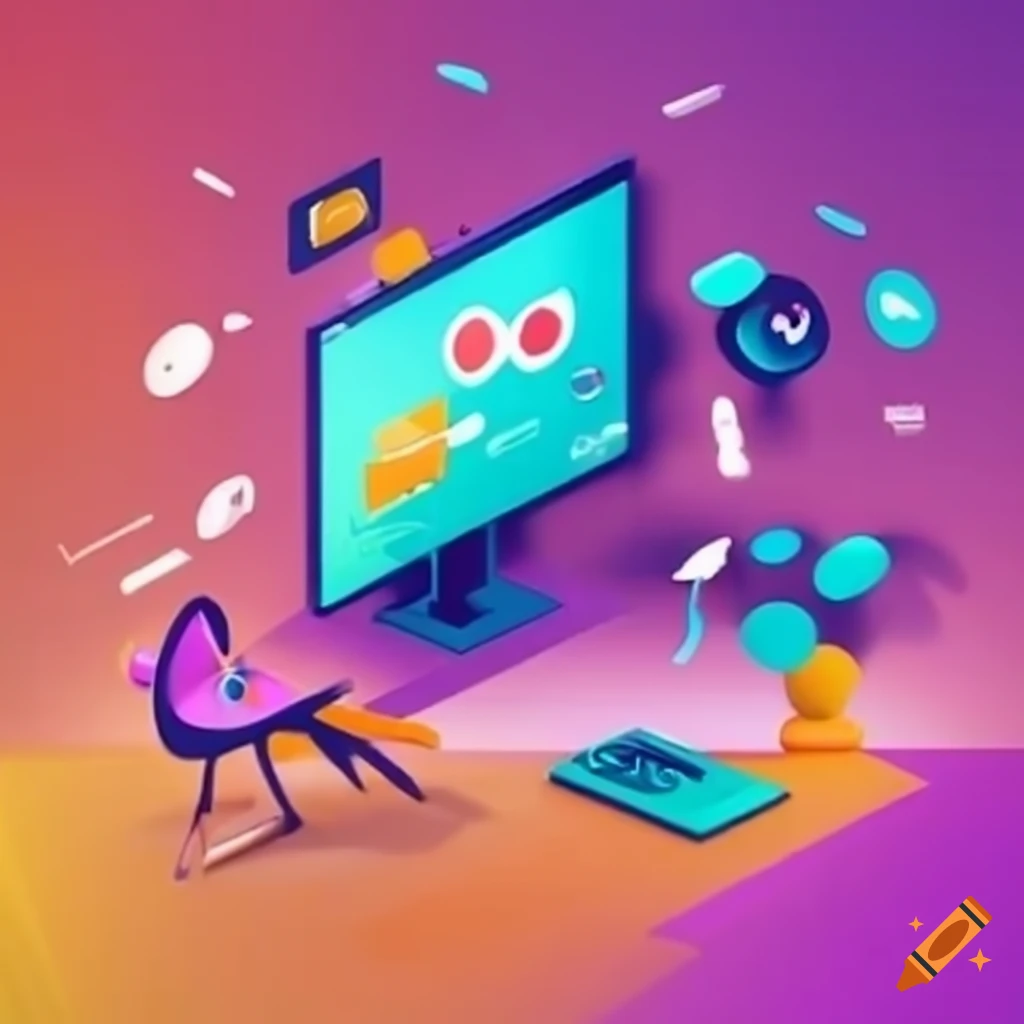Understanding user needs, questioning presumptions, and redefining issues in an effort to find alternate approaches and answers are all part of design thinking, a human-centered approach to innovation and problem-solving. Business and education frequently apply it to foster original thinking and practical solutions. Typically, design thinking goes through five stages:
Assess, Identify, Create, Prototype, and Test
Here is a thorough description of each step, along with some examples:
- Show compassion.
Gaining a thorough understanding of the user’s wants and experiences is the aim of this stage. To do this, one must observe, interact with, and fully immerse themselves in the user’s environment.
For instance, a group creating a new mobile application for senior citizens may go to senior facilities to see how seniors utilize technology. To learn more about the difficulties senior customers have with the apps that are currently available, they may hold focus groups and interviews.
- Clarify
This stage involves defining the main issues by synthesizing the insights obtained in the empathize stage. Making a concise issue statement or point of view (POV) that will direct the ideation phase is the aim.
As an illustration, the team may characterize the issue as follows: “Elderly users find it difficult to navigate complex app interfaces and often feel frustrated with small text and icons.” This is based on their findings.
- Conceptual
During this phase of brainstorming, the group comes up with a wide range of solutions to deal with the given challenge. The objective is to investigate as many options as you can at this stage without considering their viability.
For instance, the group may discuss concepts like voice-activated navigation, bigger icons, more straightforward menus, or even a companion app that helps with app navigation. We employ methods like mind mapping, sketching, and brainstorming sessions to generate creative solutions.
- Model
At this point, we develop the most promising concepts into working prototypes. These prototypes might be as basic as paper models and sketches or as sophisticated as interactive computer mockups. The objective is to test concepts in a low-risk, low-cost setting and bring them to reality.
For instance, the group may produce a clickable digital prototype that enables users to go through a few important panels, or they may produce a paper prototype of the app interface with larger buttons and text.
- Examine
Actual users test the prototypes to get feedback. This is an iterative step when the team may define new challenges, improve the prototypes, and go through the design thinking stages once again in response to feedback.
As an illustration, the team may test the app prototype on a few senior users, seeing how they engage and getting input on what functions well and poorly. They may discover that some icons are still too small, or that customers prefer voice commands to touch navigation.
Redesigning a public transportation system is an example of an application.
Empathize: Researchers watch and speak with bus drivers, transit officials, and commuters. To learn about pain sites, they take trains and buses at various times of the day.
According to the research, they highlight important problems such as ambiguous signs, erratic scheduling, and a dearth of up-to-date delay information.
Ideate: The group comes up with ideas for improved signage with color coding, interactive kiosks at significant stops, and a smartphone app for real-time updates.
Prototype: They design kiosk interfaces, revamped signage, and app prototypes. They create digital models and basic mock-ups for testing.
We test the prototypes at a few stations. Using the new app and signage, commuters provide input. We make additional improvements in response to the feedback.
In summary
Iterative design thinking puts the demands of the user first, which encourages creativity. It is not a linear process; teams may iterate back and forth between stages, and there may be overlap. You can use this methodology to address a range of issues, from organizational strategy to product design, and it encourages innovative problem-solving.
